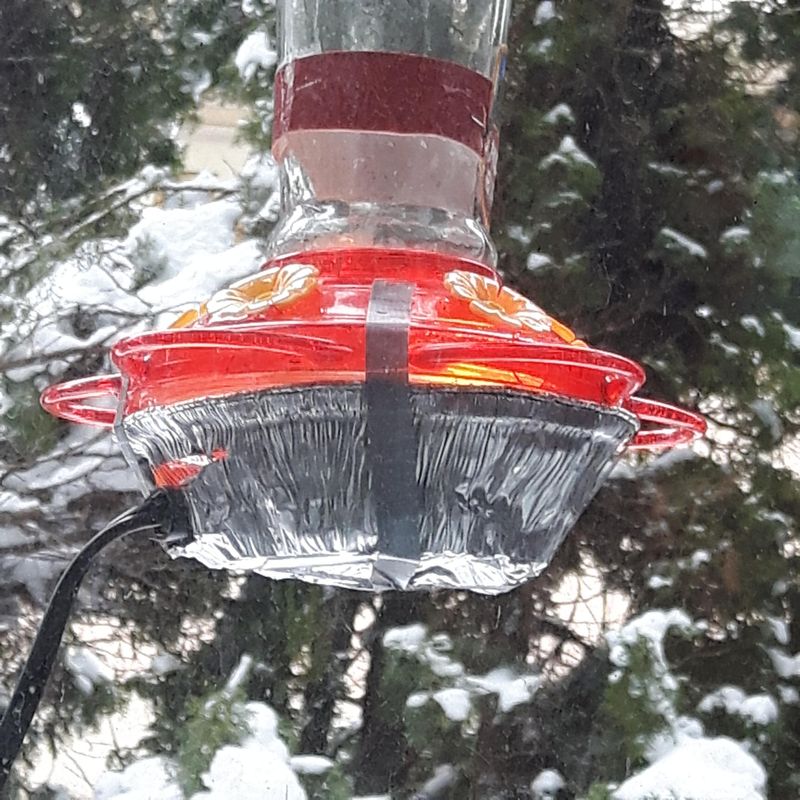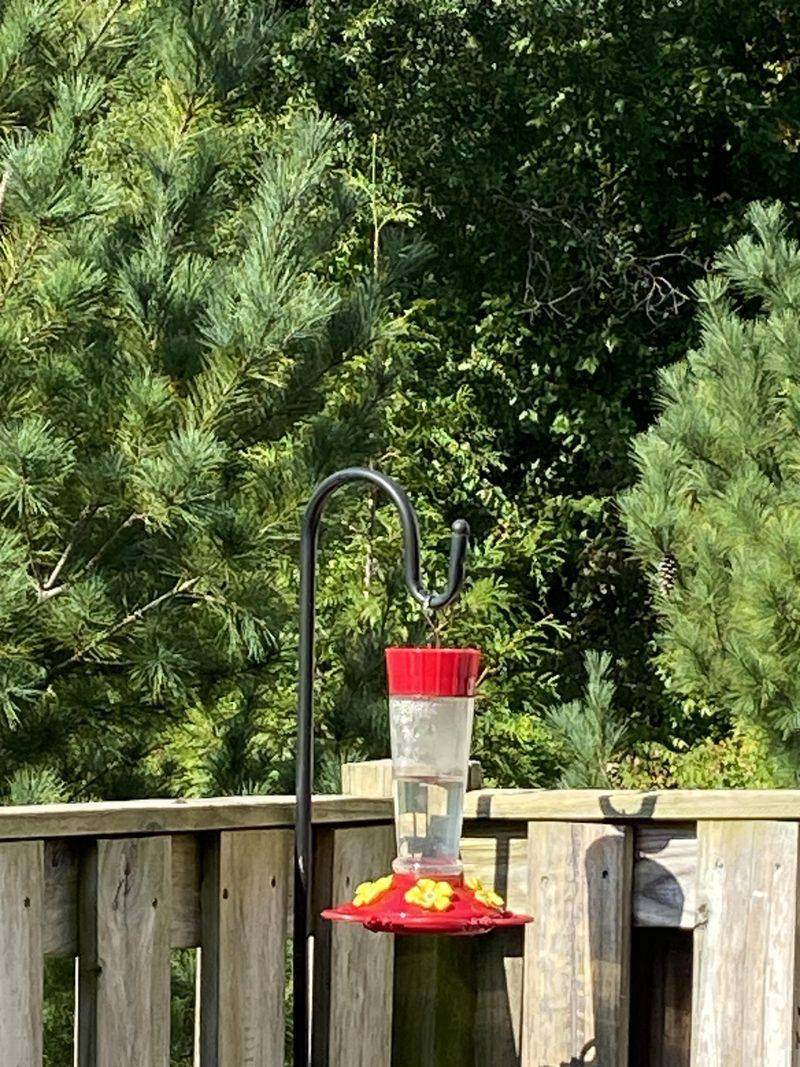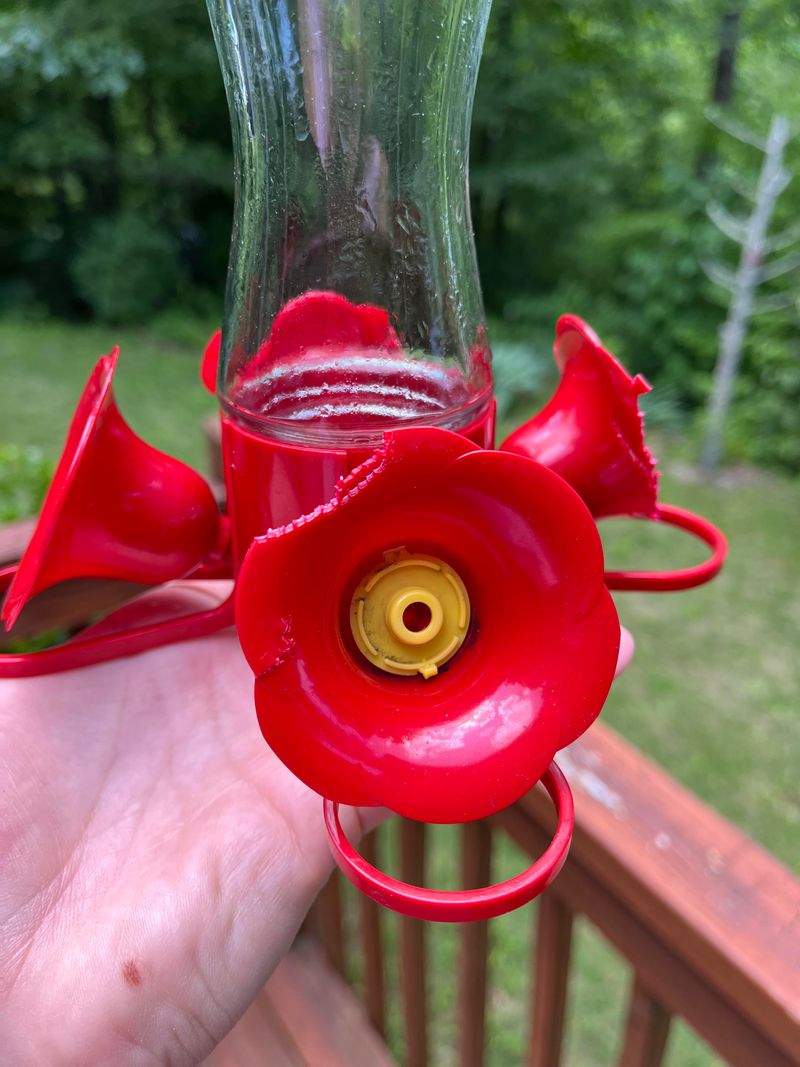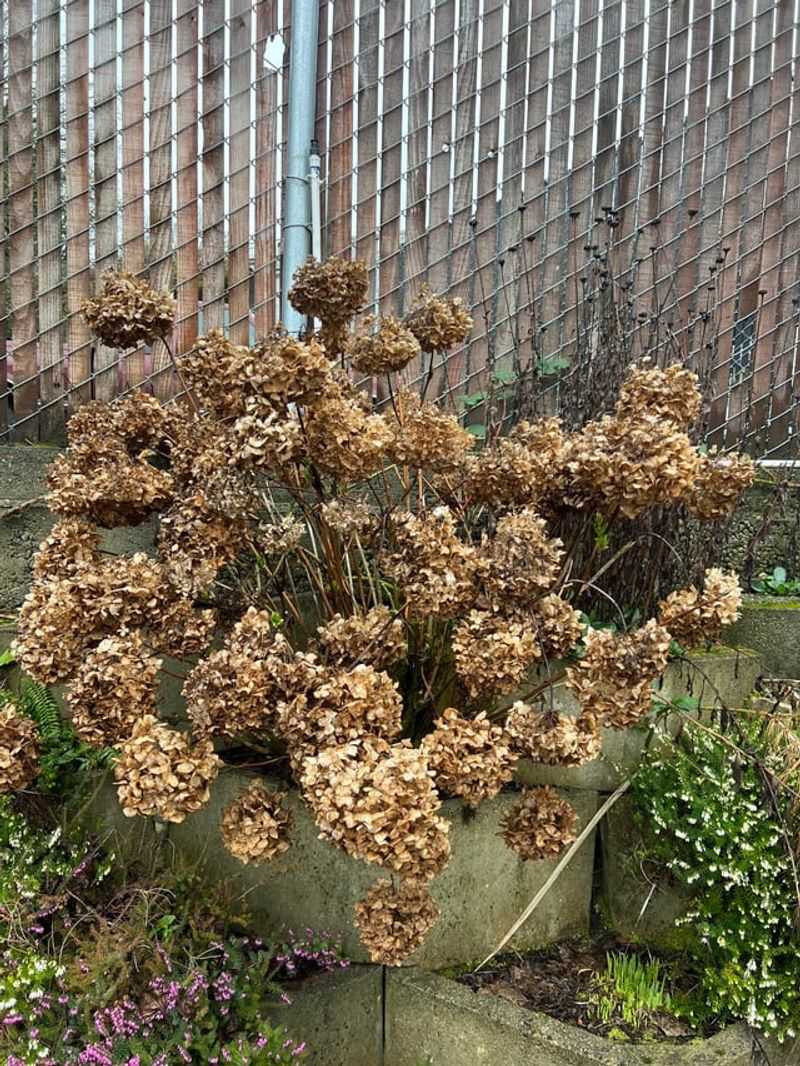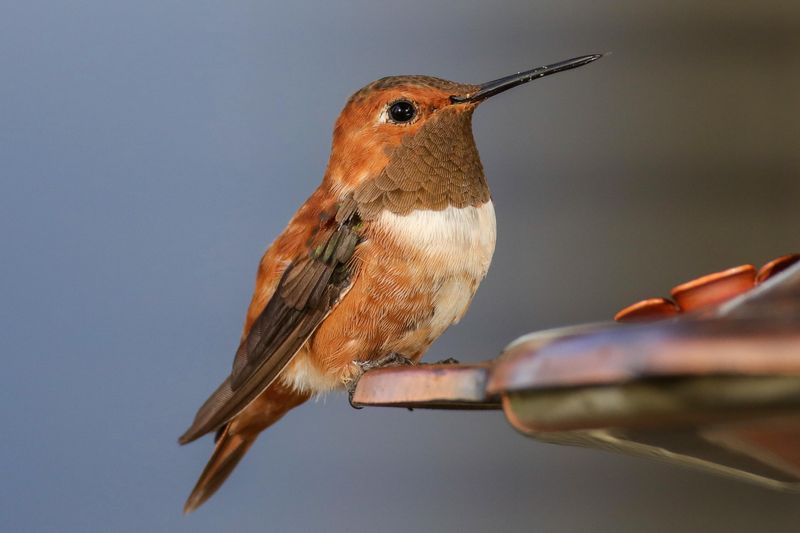Maryland hummingbirds follow a rhythm, and timing the feeders just right makes a big difference for them. I left mine up too long one season and realized it confused their usual pattern.
Taking them down at the right moment helps birds migrate safely. It’s a small step that keeps your yard in sync with the season.
1. Temperatures Drop Below Freezing Regularly
Cold nights in Maryland mean your sugar water can freeze solid, making it useless for any late-season hummingbirds. Frozen feeders can crack or break, wasting your investment and creating a mess in your yard.
When temperatures consistently dip below 32 degrees Fahrenheit at night, it’s nature’s way of telling you feeder season is over. Most Maryland hummingbirds have already started their journey south by this point anyway.
Check your local weather forecast and plan to bring feeders inside once freezing becomes the norm rather than the exception.
2. No Hummingbird Visits for Two Weeks
Ruby-throated hummingbirds are the main species visiting Maryland feeders, and they follow predictable migration patterns. If you haven’t spotted a single hummingbird at your feeder for fourteen consecutive days, they’ve likely already migrated.
Keeping feeders up after the birds leave serves no purpose and can attract unwanted pests like wasps, ants, or even bears in some Maryland neighborhoods. Empty feeders also require continued cleaning and maintenance that becomes pointless work.
Mark your calendar when you see your last visitor to track the two-week window accurately.
3. Mid-October Arrives in Your Area
October brings cooler weather across Maryland, signaling that migration season is wrapping up fast. Most ruby-throated hummingbirds leave the state between late September and early October, heading toward Central America for winter.
By mid-October, stragglers are rare, and your feeder is probably sitting unused. Leaving it up won’t delay migration because instinct and daylight changes drive their departure, not food availability.
Maryland gardeners can safely store their feeders by Columbus Day weekend without worrying about harming any birds still in the area.
4. Mold and Bacteria Growth Becomes Constant
Warm early autumn days in Maryland can turn sugar water into a breeding ground for harmful mold and bacteria within just a few days. Black spots, cloudy liquid, or slimy residue inside your feeder are dangerous warning signs.
Sick hummingbirds can die from contaminated food, so constant cleaning becomes exhausting work when birds aren’t even visiting anymore. If you’re scrubbing your feeder every other day just to keep it safe, it’s time to call it quits.
Your effort is better spent preparing your garden for spring when the hummingbirds return healthy and hungry.
5. Wasps and Bees Take Over the Feeder
Late summer and fall bring aggressive yellow jackets and honeybees to Maryland gardens, and they absolutely love hummingbird nectar. When insects outnumber birds at your feeder, it’s lost its original purpose.
Wasps can sting hummingbirds and chase them away, making your feeder more harmful than helpful. These insects also contaminate the nectar and make refilling a dangerous task for you.
Once your feeder becomes an insect cafeteria instead of a hummingbird haven, pack it away until next spring when Maryland’s tiny birds return.
6. Natural Food Sources Have Disappeared
Hummingbirds rely on blooming flowers and tiny insects for most of their nutrition, not just sugar water from feeders. When Maryland’s native flowers like cardinal flower, bee balm, and trumpet vine stop blooming, it signals migration time.
Your feeder can’t replace the complete diet these birds need, including protein from small bugs. Without natural food sources, hummingbirds instinctively know it’s time to head south where flowers still bloom year-round.
Observe your garden’s blooms, and when they’re mostly gone, your feeder can go too.
7. You’ve Spotted Rare Migrating Species
Occasionally, rufous or calliope hummingbirds pass through Maryland during fall migration, stopping briefly at feeders. Seeing these western species is exciting but extremely rare in the mid-Atlantic region.
While some experts suggest keeping feeders up longer for these stragglers, most Maryland gardeners won’t encounter them. If you haven’t seen unusual species by late October, there’s no reason to keep your feeder hanging.
Rare visitors typically appear in September, so if November approaches without special guests, your feeding season has definitely ended for the year.


